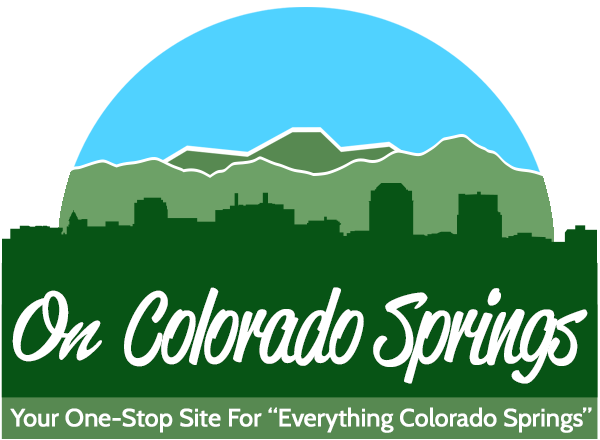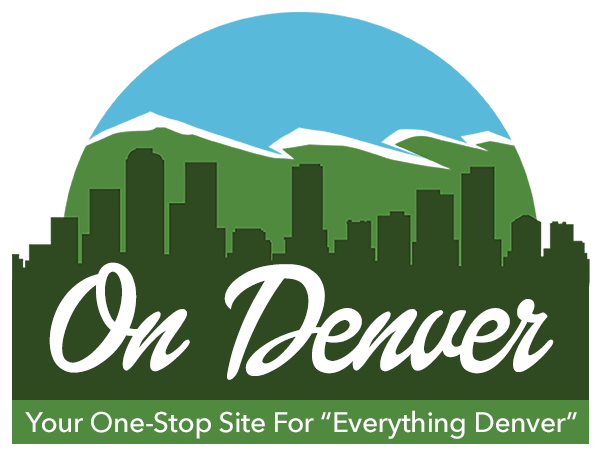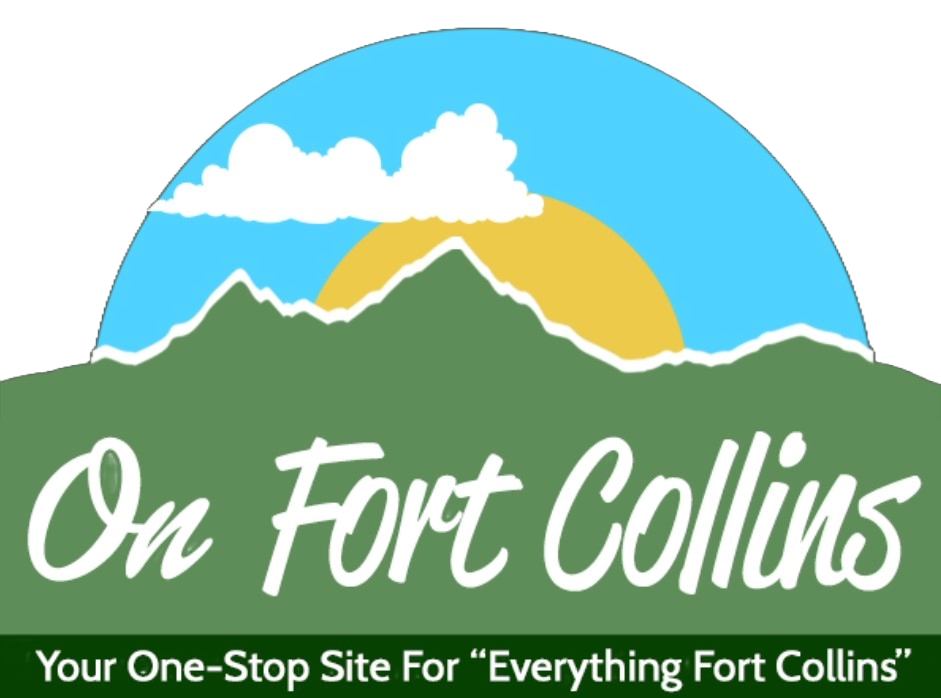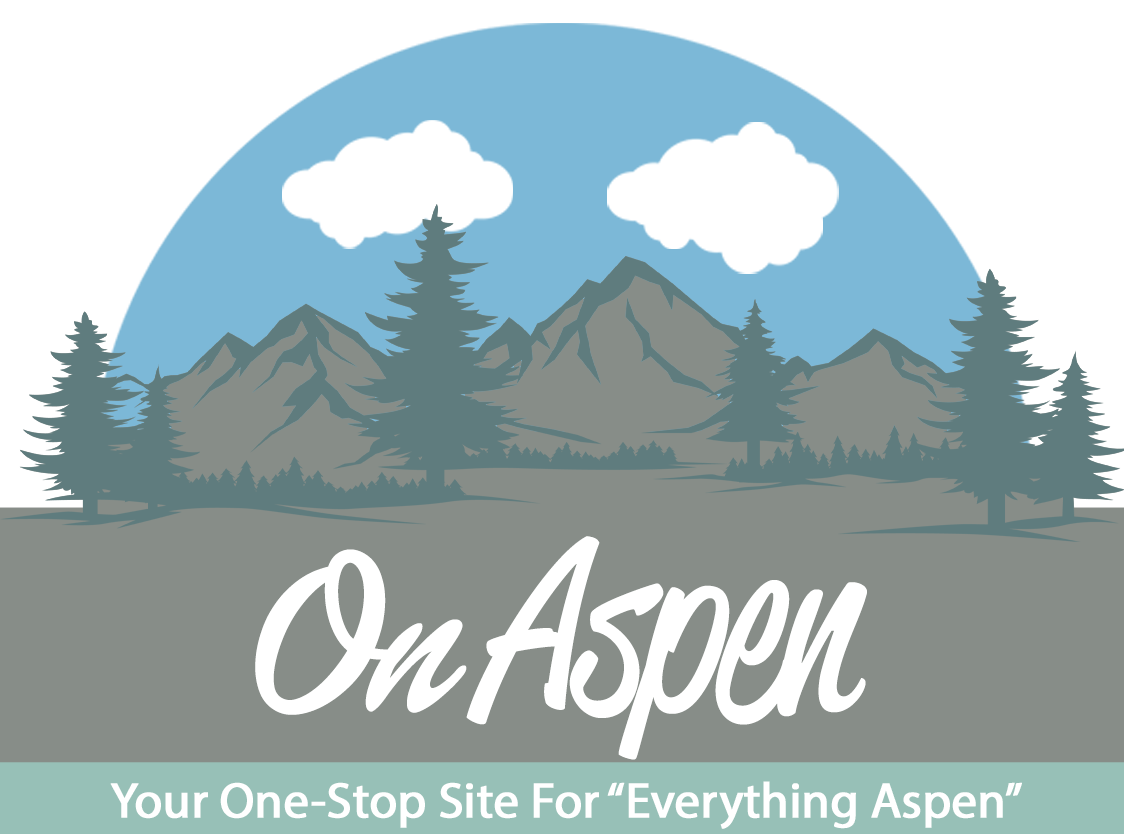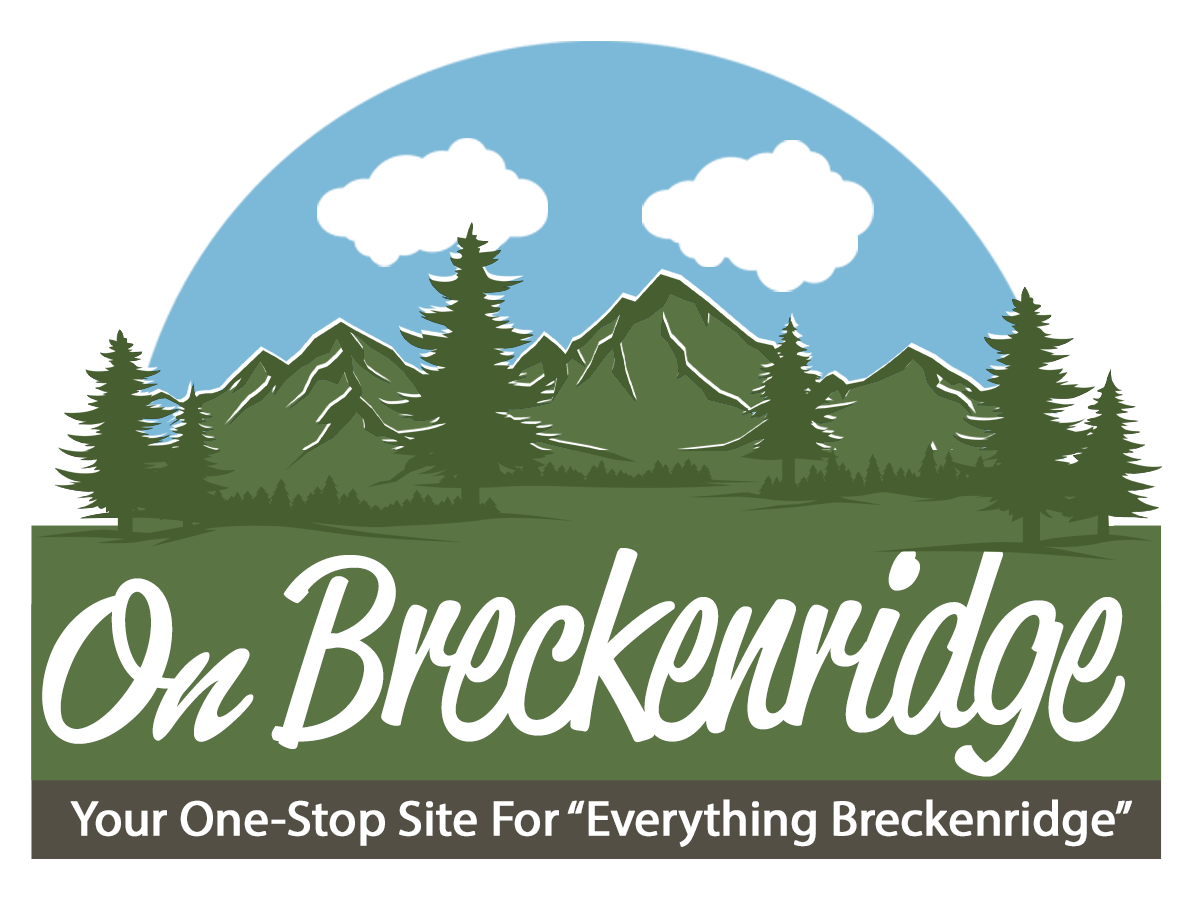Stroke: Not A Senior Citizen’s Health Issue
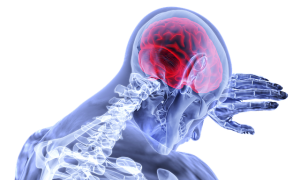 This week a 90s heartthrob died of a massive stroke. Luke Perry was a relatively young 52 when he suffered a massive stroke. While that seems quite young, ten percent of strokes happen in adults younger than 45. The causes are many, but the prevalence of diabetes and obesity are largely to blame as well as smoking or, more rarely, an injury that damages a blood vessel in the brain.
This week a 90s heartthrob died of a massive stroke. Luke Perry was a relatively young 52 when he suffered a massive stroke. While that seems quite young, ten percent of strokes happen in adults younger than 45. The causes are many, but the prevalence of diabetes and obesity are largely to blame as well as smoking or, more rarely, an injury that damages a blood vessel in the brain.
A stroke happens when a blood vessel in the brain becomes blocked or bursts. When this happens, the impacted part of the brain starts to die, leading to common symptoms such as numbness or difficulty with speech. A study published by the American Academy of Neurology found that between 1995 and 2008, the number of strokes in people between the ages of 15 and 44 increased by as much as 53 percent. If you think you’re too young for a stroke, think again.
If you experience any of these symptoms, you should contact your doctor immediately: sudden numbness or weakness of the leg; sudden confusion or trouble understanding, seeing, or walking; dizziness, loss of balance or coordination; or sudden, severe headache with no known cause.
Use the FAST test from the Department of Health in England’s National Stroke Awareness Campaign to check for the most common symptoms of a stroke in yourself or someone else.
Face: Smile and see if one side of the face droops.
Arms: Raise both arms. Does one arm drop down?
Speech: Say a short phrase and check for slurred or strange speech.
Time: If the answer to any of these is yes, call 911 right away, making note of the time when symptoms started.
For more information about the causes and symptoms of stroke as well as preventive tools, visit the National Stroke Association website.
